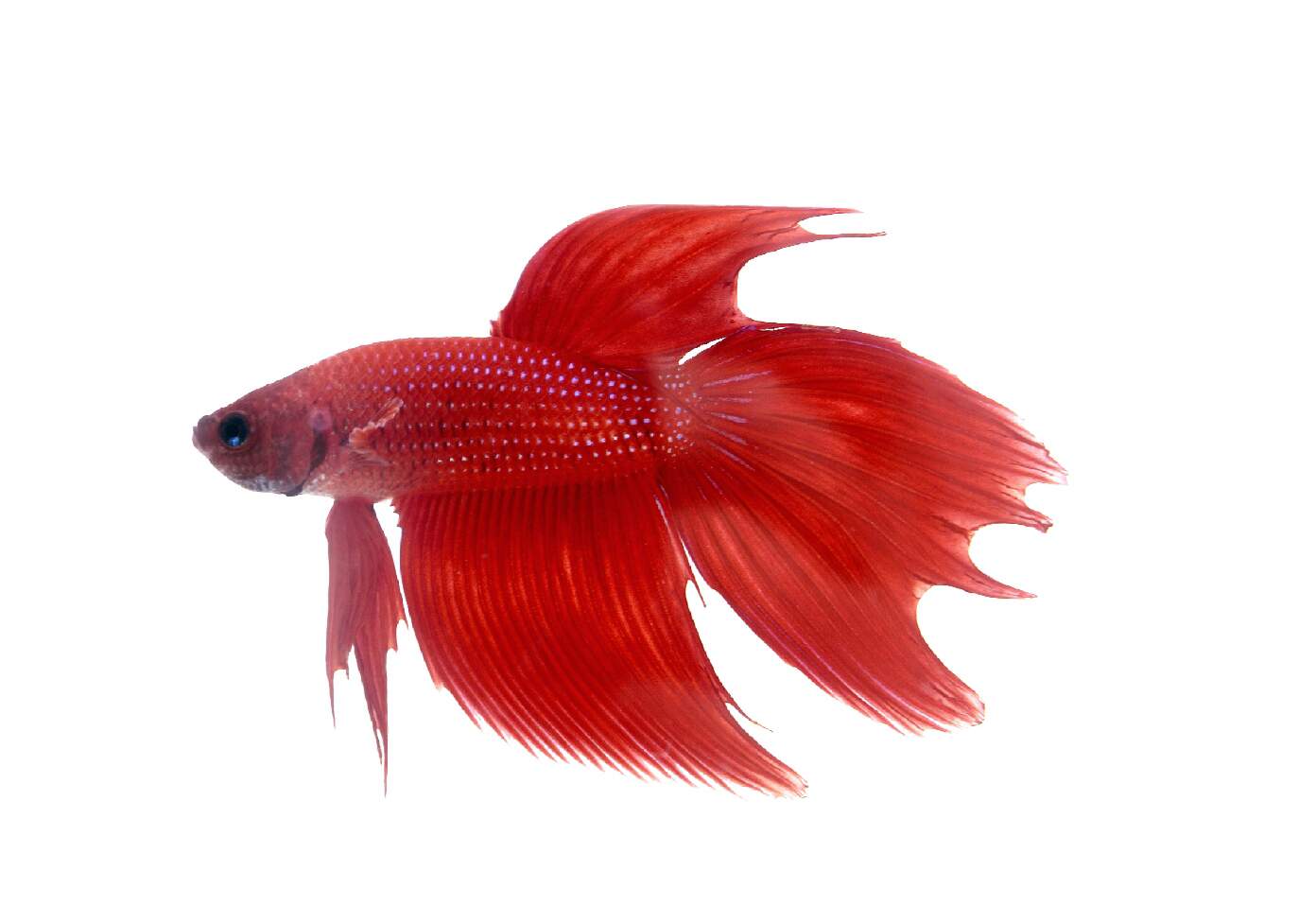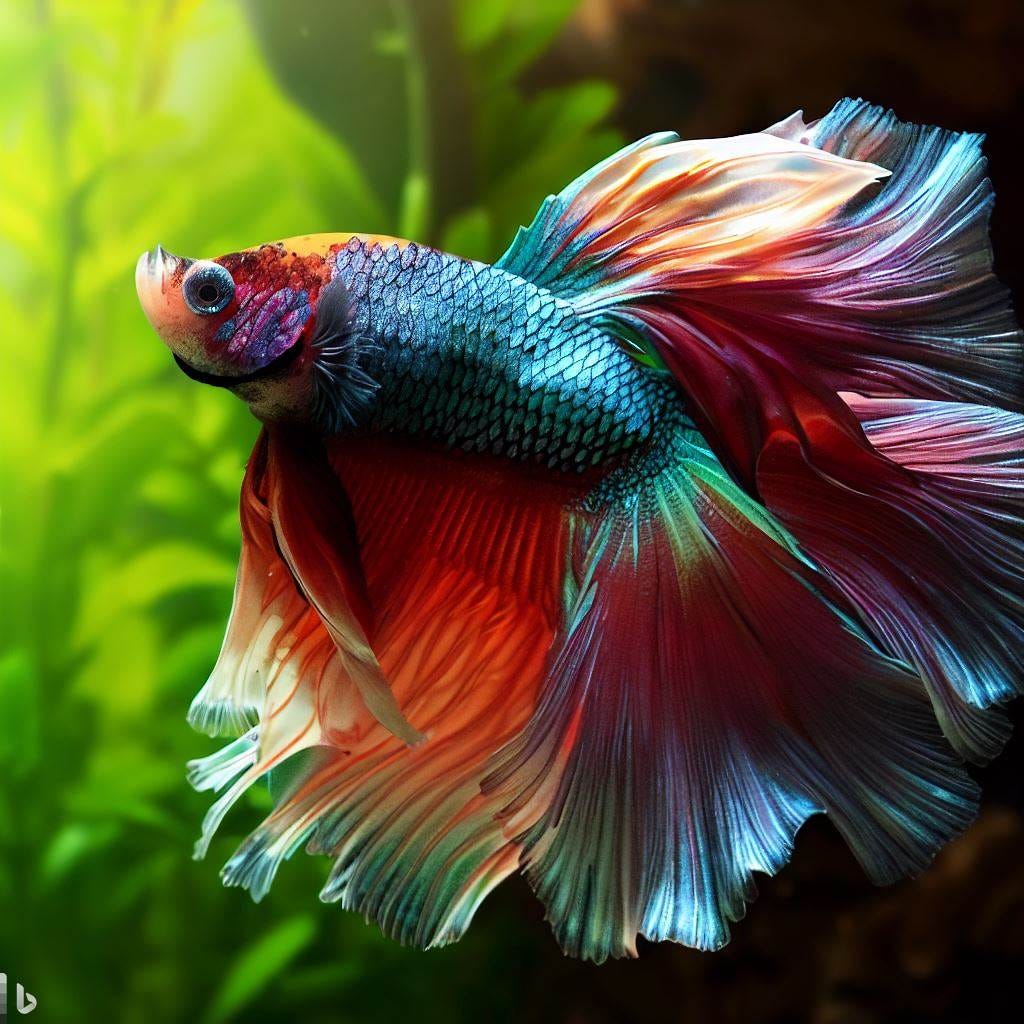Everything About Betta Fish: Comprehending Their Distinct Demands, Habits, and the most effective Practices for Optimum Treatment
Understanding the special demands and actions of Betta fish is essential for any aquarist looking to offer optimum treatment. These exciting creatures, native to the warm waters of Southeast Asia, exhibit distinct territorial propensities and require certain environmental conditions to thrive. From picking the right container dimension to acknowledging potential health concerns, different elements dramatically affect their wellness. As we check out these components even more, the effects for both beginner and skilled fish caretakers end up being progressively obvious, questioning regarding exactly how best to suit these impressive fish in our homes.
Betta Fish Summary
Although commonly appreciated for their lively colors and streaming fins, Betta fish, scientifically called Betta splendens, are complicated creatures that require certain like thrive. Originating from Southeast Asia, these freshwater fish are known for their territorial nature and one-of-a-kind behaviors. Betta fish exhibit sexual dimorphism, with males showing more vivid colors and longer fins than ladies.
Their hostile tendencies, especially among males, demand mindful factor to consider when housing them. Bettas are frequently kept in single-specimen tanks to avoid territorial conflicts. However, they can exist together in harmony with specific suitable types in bigger community storage tanks, gave the setting satisfies their requirements.

To ensure optimal treatment, aquarists have to recognize their one-of-a-kind behavioral attributes, nutritional demands, and environment needs. betta fish. With correct focus, Betta fish can show their dynamic characters and prosper in a properly maintained aquarium setting
All-natural Habitat and Environment
Betta fish grow in a diverse variety of natural habitats, primarily discovered in the shallow waters of Southeast Asia, consisting of rice paddies, swamps, and slow-moving streams. These environments are identified by cozy temperature levels, usually in between 75 ° F and 82 ° F(24 ° C and 28 ° C ), and a pH degree ranging from 6.5 to 7.5, which is suitable for their wellness and well-being.
In their natural environments, Betta fish are accustomed to thick plant life, providing both shelter and reproducing grounds. The visibility of plants such as drifting water lilies and thick yards not only provides protection from killers however also adds to the oxygenation of the water, which is essential for their respiratory requirements. Furthermore, these environments typically have locations of still water, permitting Betta fish to exhibit their natural habits such as bubble nesting.
Comprehending the natural habitat of Betta fish is critical for aquarium enthusiasts. Reproducing these conditions-- via water temperature level, pH balance, and the incorporation of real-time plants-- can significantly enhance the overall wellness and durability of these fascinating fish, guaranteeing they grow in a home aquarium setting.
Social Behavior and Interactions
Understanding the social behavior and interactions of Betta fish is vital for successful fish tank administration. Betta fish, or Siamese fighting fish, are recognized for their unique behavioral attributes, defined primarily by territoriality and aggressiveness.
Conversely, women Bettas show less hostile habits and can coexist in groups, referred to as sororities, if presented properly. It is crucial to check their interactions carefully, as hierarchy and dominance can lead to disputes. Comprehending the dynamics within a Betta neighborhood is important; establishing hiding places and making sure ample area can minimize aggressiveness.
In enhancement, additional hints Betta fish may also display interest and social actions towards various other species. While they can exist together with certain non-aggressive tank companions, it is essential to select compatible varieties to avoid tension and hostility. In general, identifying these social interactions is essential to promoting an unified aquarium atmosphere for Betta fish.
Crucial Care Standards
Offering look at this web-site correct treatment for Betta fish is crucial to their health and well-being. Routine water changes-- roughly 25% weekly-- help keep water quality.
Betta fish call for an appropriate tank dimension; a minimum of 5 gallons is advised to offer adequate area for swimming and hiding. Include designs and plants to develop a revitalizing environment, yet avoid sharp items that could harm their fragile fins.

Finally, make certain the tank is outfitted with a filter to maintain the water clean, however utilize a gentle filter to prevent solid currents that can emphasize the fish. By complying with these necessary care standards, proprietors can advertise a healthy and vivid Betta fish.
Common Wellness Issues and Solutions
In the care of Betta fish, recognition of common health and wellness concerns is vital for maintaining their well-being. One prevalent concern is fin rot, often triggered by poor water high quality or microbial infection. Signs consist of frayed or blemished fins. To treat fin rot, boost water problems and think about using a broad-spectrum antibiotic.
One more common ailment is ich, a parasitic infection identified by white places on the fish's body (betta fish). Therapy involves enhancing water temperature and adding fish tank salt to the container, as this can aid get rid of the parasite
Swim bladder problem is additionally often observed, resulting in buoyancy issues. This condition see here now may arise from overfeeding or irregularity. A fasting period of 24-48 hours, adhered to by a diet regimen of blanched peas, can provide alleviation.
Last but not least, bettas may experience velvet disease, shown by a gold dust-like appearance on their skin. Therapy normally calls for medicine particularly created for external parasites, along with boosted storage tank health.
Regular tracking of water criteria, keeping a tidy setting, and supplying a well balanced diet are critical preventive procedures. By attending to these health problems without delay, Betta fish can lead healthier, much more dynamic lives.
Verdict
In recap, effective betta fish treatment needs an understanding of their distinct demands and habits. Normal surveillance of wellness and water high quality, along with a well balanced diet plan, adds to the long life and vibrancy of betta fish.